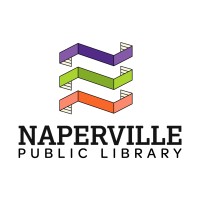
Naperville Public Library
The Naperville Public Library serves a community of 146,000 through three full service facilities. The Library has consistently received a 5 Star Rating by the Library Journal and was awarded “2012 Chicago Tribune’s Best Work Place”. The community support for the Library is evident in both its use and funding. The Library Board, administration, and staff are committed to excellence in serving the residents of Naperville. Naperville Public Library is an Equal Opportunity Employer with a diverse workforce.






